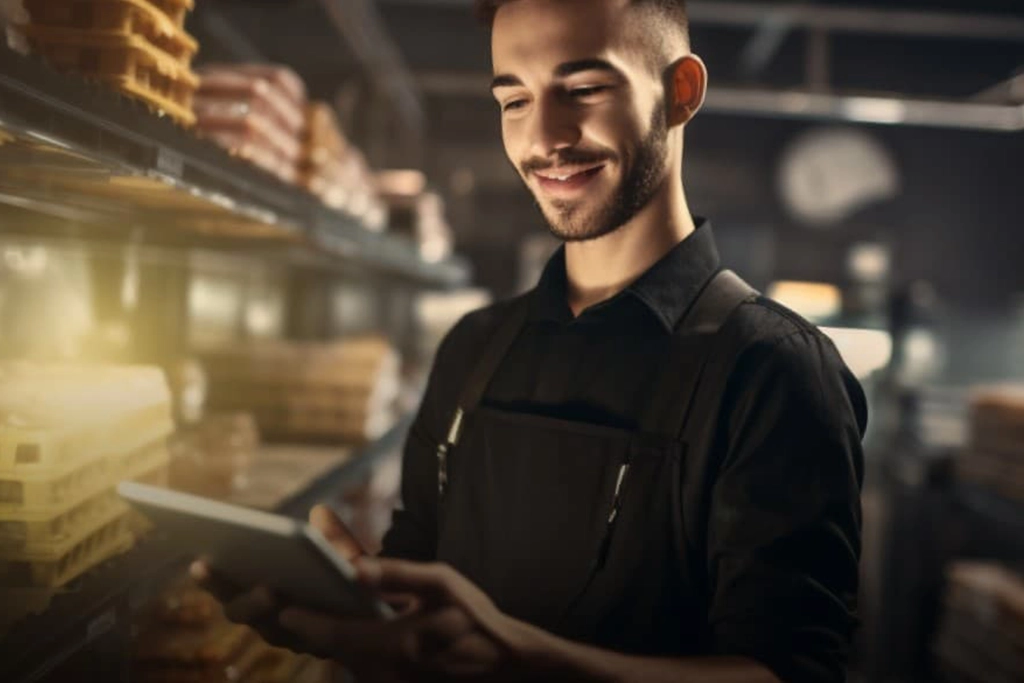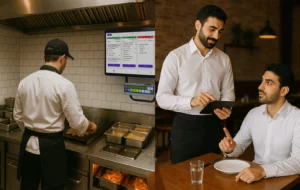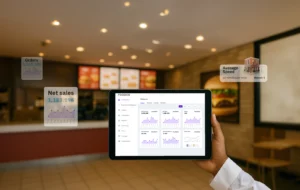Food waste is an epidemic plaguing the world at an alarming rate. Perfectly good food is being wasted every day at every level of the supply chain, from farms to homes and restaurants, creating environmental and economic crises. In addition, food waste can be detrimental to the business of restaurants if no serious measures are taken to diminish the intensity of the problem.
So what can restaurants do to reduce waste and costs?
In one of our previous articles, “11 Solutions for Reducing Food Waste in Restaurants”, we went through a food waste management system that can efficiently reduce food waste. In this article, We will dive deep into the storage techniques that will help you store food properly and avoid spoilage and the costs of it.
Let’s get started!
5 Food Storage Techniques That Help Extend Shelf-Life, Reduce Waste, and Cut Costs
Vacuum Sealing Can Do Wonders
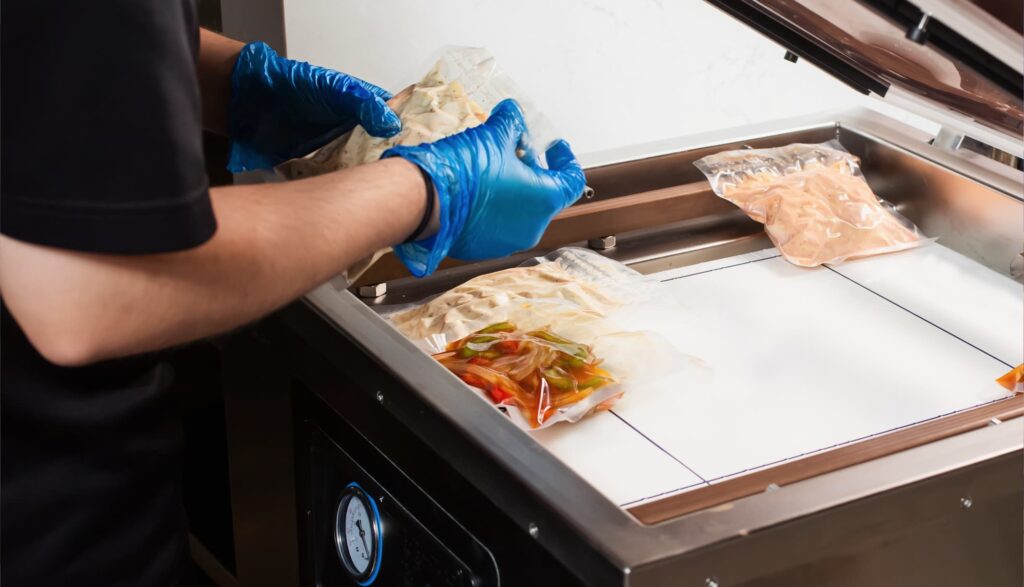
Vacuum sealing is a relatively new technique. German inventor Karl Buschas invented it in the 1040s to preserve food at home. However, It didn’t come to commercial use until the 1960s. The vacuum sealing technique removes air from storage containers before sealing, reducing the risk of food spoilage, and can extend the shelf life of food by up to five times. This technique is especially used to store perishable items like meat, fish, and vegetables.
If you want to adopt this technique, make sure you find bags designed for vacuum sealing, which means they are airtight and durable, preventing air from entering and bacteria from growing.
In addition to prolonging shelf-life, vacuum sealing helps with:
Preserving integrity: it keeps food free from dirt, mold, germs, or contaminants.
Protecting against moisture: It keeps items safe from spills and temperature variances.
Saving Space: It takes minimal to no extra space in your inventory spaces.
Keep Storage Dark and Dry
Sunlight is essential for humans but is a no-go for storing food. Dry and dark storage is essential for prolonging the shelf-life of non-perishable items such as rice, flour, and pasta. You must keep these items away from moisture as it can turn them into a moldy mess.
As for perishable items, it is best to keep them in dark areas away from sunlight, whether stored in a dry area, refrigerators, or freezers. Proper lighting helps ensure stable temperatures and preserve the quality of goods.
Use the FIFO Method
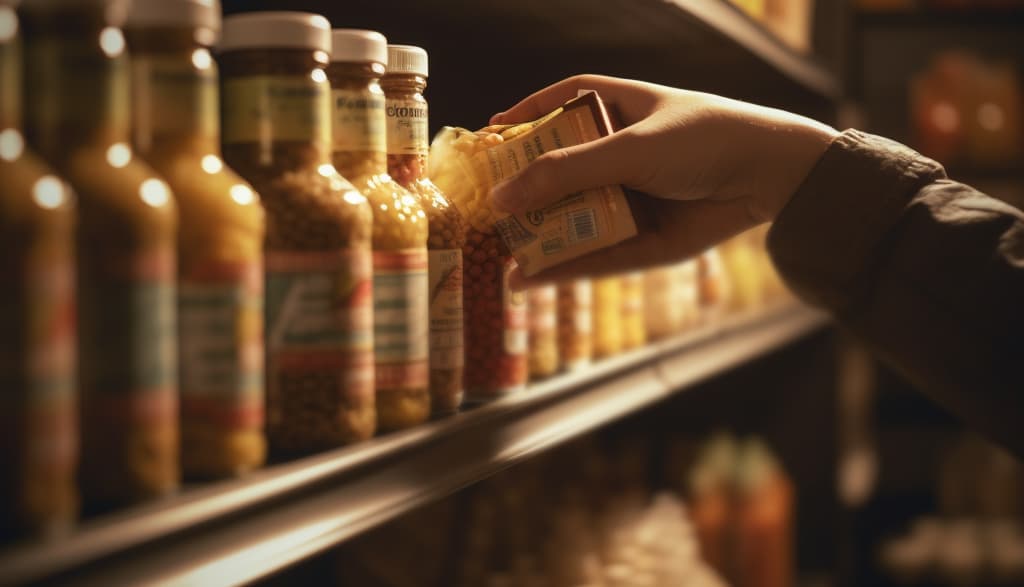
This technique is a simple yet effective way to store food. Rotate your inventory following the FIFO (First-in, First-out) method. First, label each item with its expiry date and then bring the older items to the front of your storage area to ensure they’re getting used before they spoil. This technique is handy for storing perishable items such as fruits and vegetables.
Follow Temperature Guidelines to a Tee
Temperature monitoring is the most important step in maintaining perishable goods’ quality. If you’re a restaurant owner, you should prioritize setting up a system for recording the temperature regularly and ensuring that the temperature is maintained within the recommended range.
What are the recommended temperature ranges for different kinds of foods?
You should keep the dry storage temperature between 10°c and 21°c. As for the freezer, make sure you set it at -18°c. And finally, you need to maintain the refrigeration units at 0°c and 4°c to prevent bacteria growth. Note that you should never leave food that requires refrigeration at room temperature for more than two hours.
Follow these guidelines to prevent spoilage and foodborne illnesses. Most importantly, if you suspect any item left in the assigned temperature range, discard it immediately.
Use Sustainable Packaging
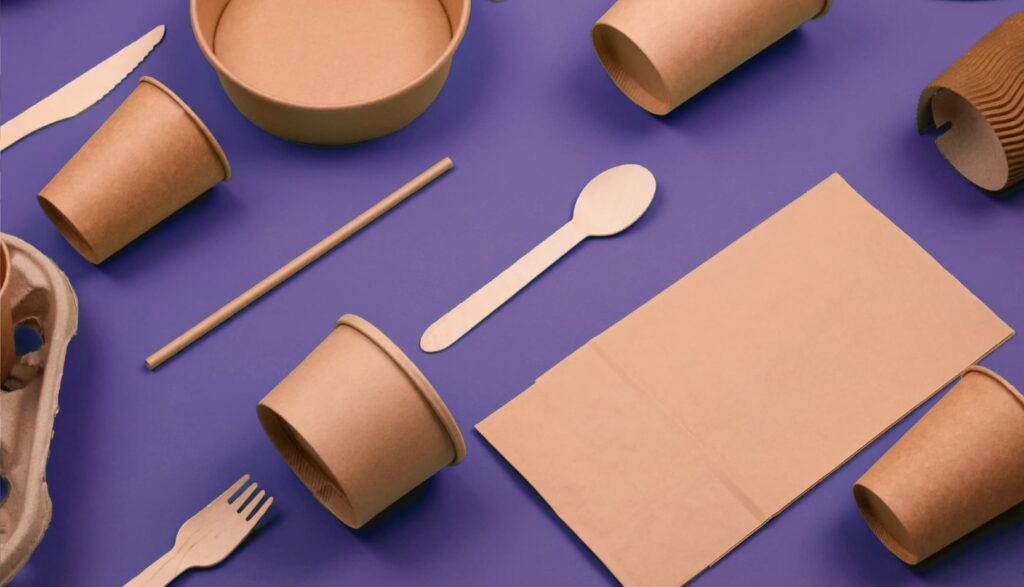
Are you still using plastic for storing and packaging in your restaurant? If you answered yes, you’re late to the party!
Sustainability is taking the front seat in the modern world amidst the growing concerns over the earth’s well-being. Therefore, businesses are constantly looking for ways to adopt sustainable measures in every way possible. That said, sustainable packaging is one great way to reduce the environmental damage caused by plastic packaging, which can take up to one thousand years to degrade naturally! In addition to the environmental benefits of sustainable packaging, the latter also helps restaurants cut costs and prolong the shelf-life of stored items.
The most sustainable packaging for storing food is glass. With the proper airtight caps and seals, glass can increase the shelf-life of foods and beverages. One added benefit of glass is that it does not affect the taste of the contents, which often occurs with packaging prone to chemical leaching.
Other eco-friendly packaging are biodegradable containers and reusable bags. It is worthwhile considering these sustainable storage materials to reduce food waste and save money in the long run.
Conclusion
A great percentage of food waste in restaurants is due to food spoilage, and it has become evident that the way you store foods can greatly affect their longevity. Implementing techniques such as vacuum sealing, the FIFO method, and temperature monitoring, among others, can ensure that your goods stay fresh and preserve their high quality while reducing waste and costs.
So if you haven’t adopted these techniques yet, we hope we gave you enough reasons to start today!
And if you are looking for an advanced POS system that can help you manage your inventory efficiently and accurately? Check out Foodics’ All-In-One POS Solution, which offers you the peace of mind you crave!
